
A Washing Machine Hose Burst Just Because It Was Placed Incorrectly
A Washing Machine Hose Burst Just Because It Was Placed Incorrectly—Flooding My Entire House!
A washing machine hose bursting is a rare occurrence, but when it happens, a large amount of water can spill out, causing significant inconvenience.
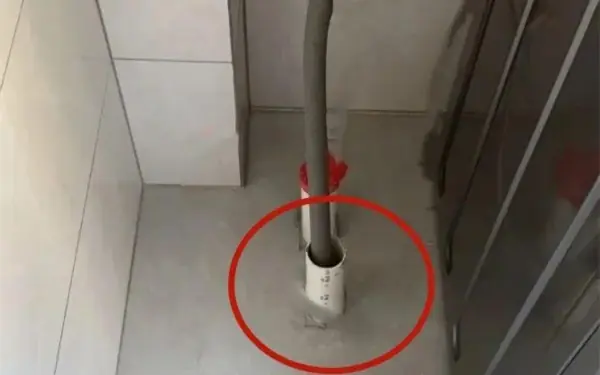
Causes of a Washing Machine Hose Burst
There are several reasons why a washing machine hose may burst, with the most common being an old or deteriorating machine that hasn’t been repaired for a long time. However, this issue can be prevented—one key factor is the placement of the washing machine. Here are some practical tips, based on real user experiences, to help you avoid this problem in your home:
1. Separate Water and Electricity
The power supply and water connections should be installed separately, with electrical outlets placed above the machine. This prevents water from easily flowing into the power socket if a hose bursts, reducing the risk of electrical short circuits. All household appliances that use water should be designed with separate electrical and water systems, ideally positioned on opposite sides when planning your home’s layout.
2. Use Waterproof Outlet Covers
Always cover washing machine outlets (and any electrical outlets in damp areas) with waterproof socket covers. This helps prevent water splashes and minimizes the risk of short circuits caused by water seeping into the sockets.
3. Install a Water Shut-Off Valve
The washing machine’s water supply hose may loosen over time due to aging and rust, increasing the risk of detachment and flooding. Installing a shut-off valve on the water tap allows you to cut off the water supply when the machine is not in use, preventing leaks and potential damage to furniture and cabinets.
4. Keep the Floor Drain Unclogged
If the washing machine’s drain hose is connected directly to the floor drain, it may block the entire drainage system, causing backflow and even leading to pipe expansion or cracks. Ensure proper drainage to prevent such issues.
Important Considerations When Positioning a Washing Machine
Since washing machines require both water and electricity, proper planning and installation are essential. Here are some factors to keep in mind:
1. Water Supply and Electrical Outlets
The washing machine’s location must have access to a water supply, drainage system, and power outlet. Plan these elements carefully before designing or renovating your home to ensure energy and water efficiency.
2. Space Utilization
Washing machines are bulky, so their placement significantly affects your home’s layout. Consider their size in advance when planning interior design to avoid space constraints.
3. Accessibility and Convenience
Most families place their washing machines in bathrooms or balconies. If using these locations, position the machine towards the left side, leaving the right side free for storage or movement. This improves convenience and optimizes space usage.
4. Protection from Water and Sunlight
As an electrical appliance, washing machines must be water-resistant to prevent short circuits. Additionally, their metal casings can rust when exposed to moisture, reducing the machine’s lifespan.
- For machines with plastic casings – Excessive exposure to sunlight causes faster aging and brittleness.
- For outdoor placement – If placing the washing machine on a balcony, cover it with curtains or protective enclosures to shield it from direct sunlight and rain.
By following these precautions, you can extend the lifespan of your washing machine and prevent costly water damage in your home!
News in the same category

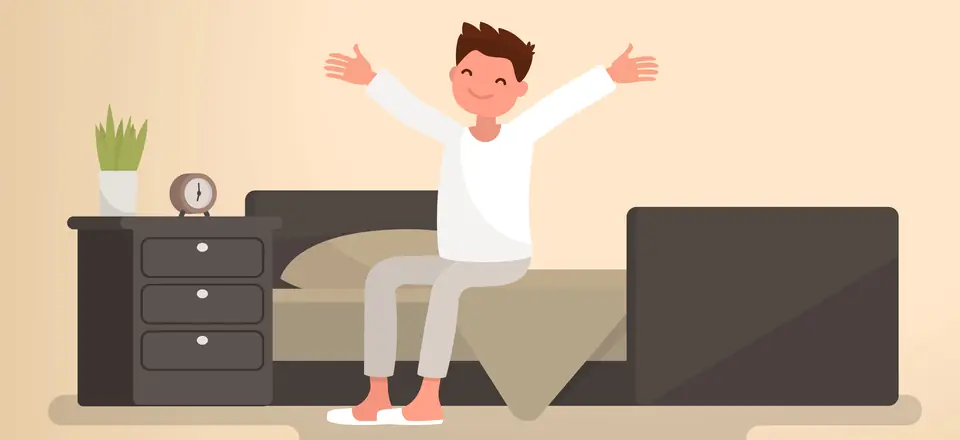
Want to wake up early? sleep experts reveal 9 surprisingly easy steps to become a morning person

The best times to eat sweet potatoes — and what your body gains from each

Natural foods that cleanse your liv.er and kid.neys (and help prevent kid.ney stones)

This Cucumber Lemonade Will Change the Way You Think About Summer Drinks

11 Grilled Corn Secrets Your Taste Buds — and Your Doctor — Don’t Want You to Ignore

3 Dinner Swaps That Keep You Full and Speed Up Fat Loss

Stabilize Bloo.d Sugar and Discover the Many Health Benefits of Red Beans

Nettle Tea: The Surprising Herbal Drink with Real Health Power

The Ultimate Hair Care Routine for Men & Women

The difference between red peanuts and white peanuts
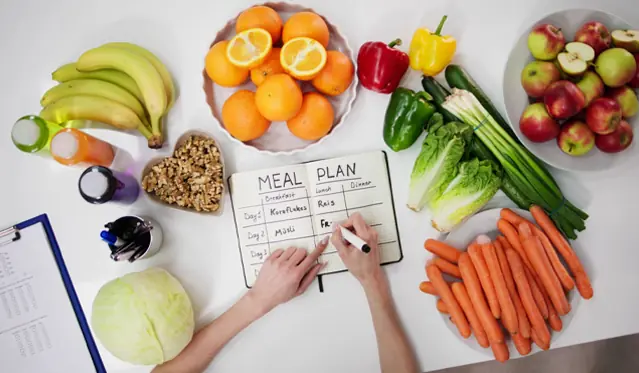
Small Changes, Big Results: The Simple Way to Manage Your Weight

7 Easy Tips to Start a Healthy Lifestyle Today
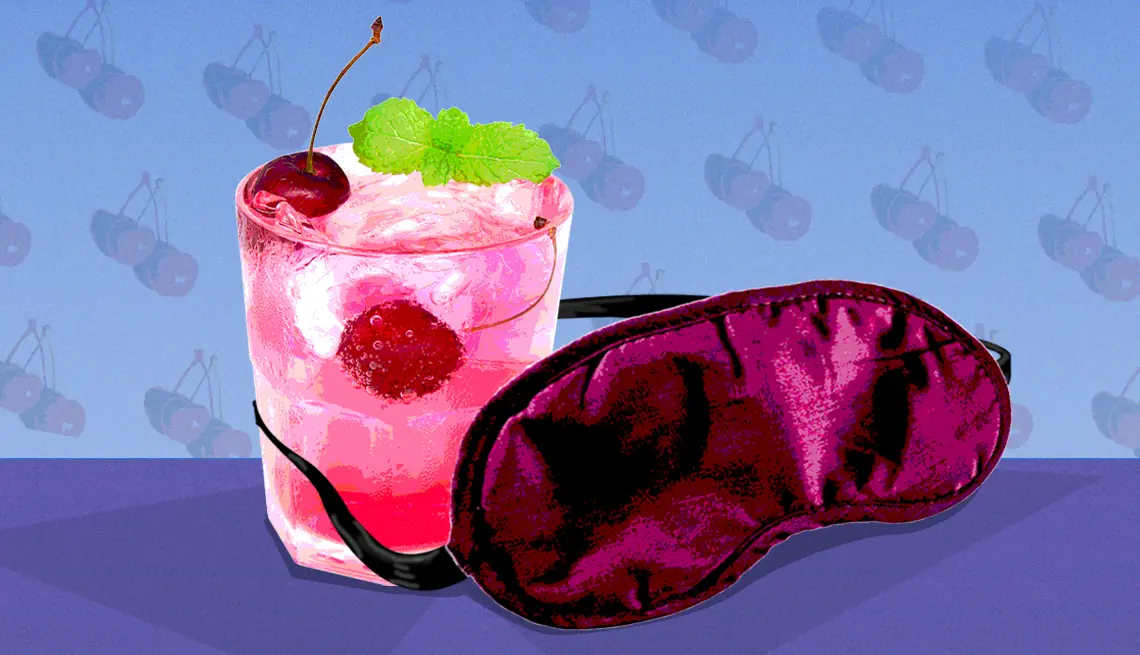
Sleepy Girl Mocktail: What’s in It — and Does It Really Help You Sleep?

Prevent refrigerator odor with kitchen waste, no cost, fresh and fragrant refrigerator, fresh food
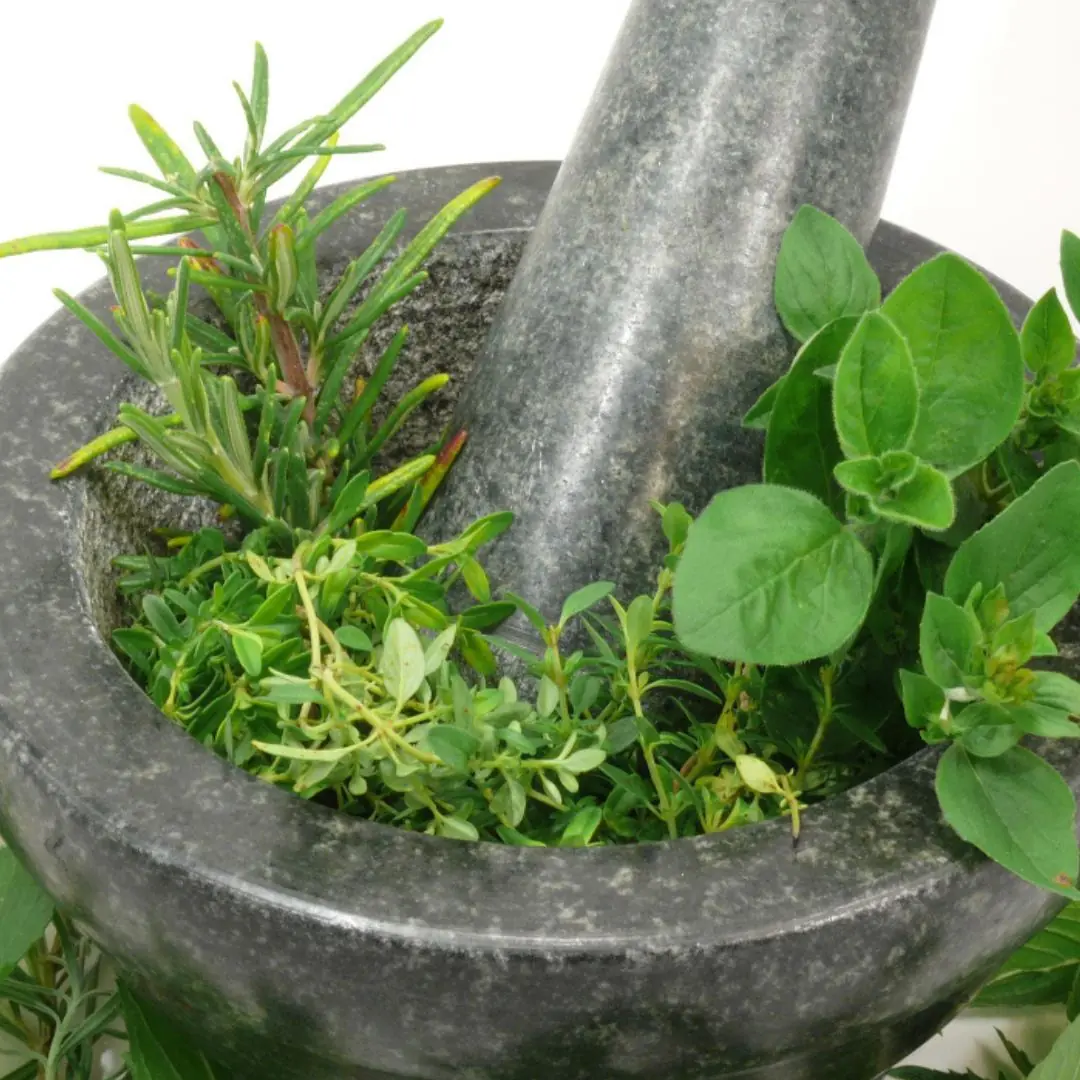
Bring out your hair’s natural shine with a leaf growing right in your garden

Pay attention when renting a motel or hotel room

A Nutritious Dish That Helps Ease Rheumatoid Arthritis and Can Be Cooked in Many Delicious Ways
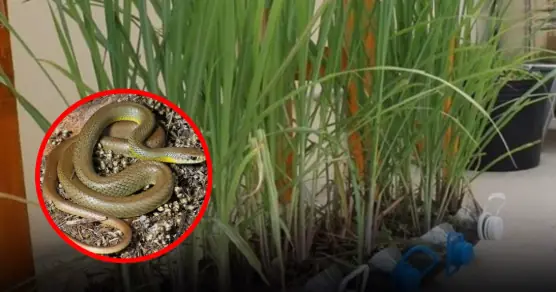
Be careful when planting these plant
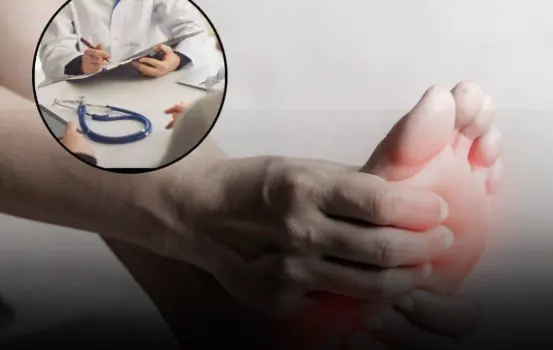
Beware Of Diabetes If You Frequently Experience These 5 Strange Symptoms
News Post
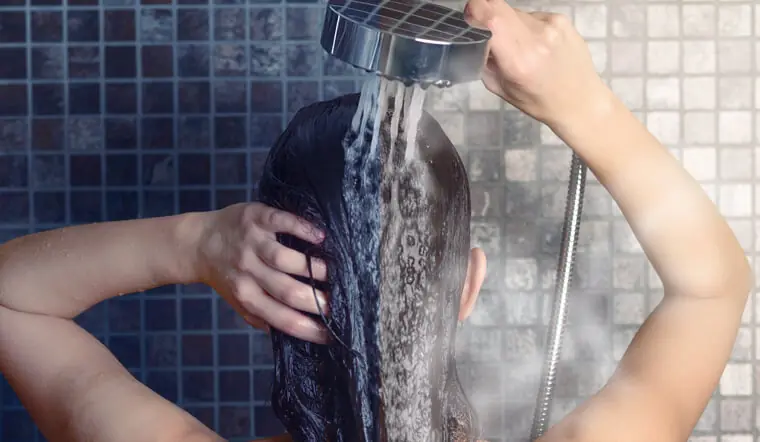
The benefits of taking a warm bath before bed

Onion hair oil: The natural secret to stronger, thicker, and healthier hair
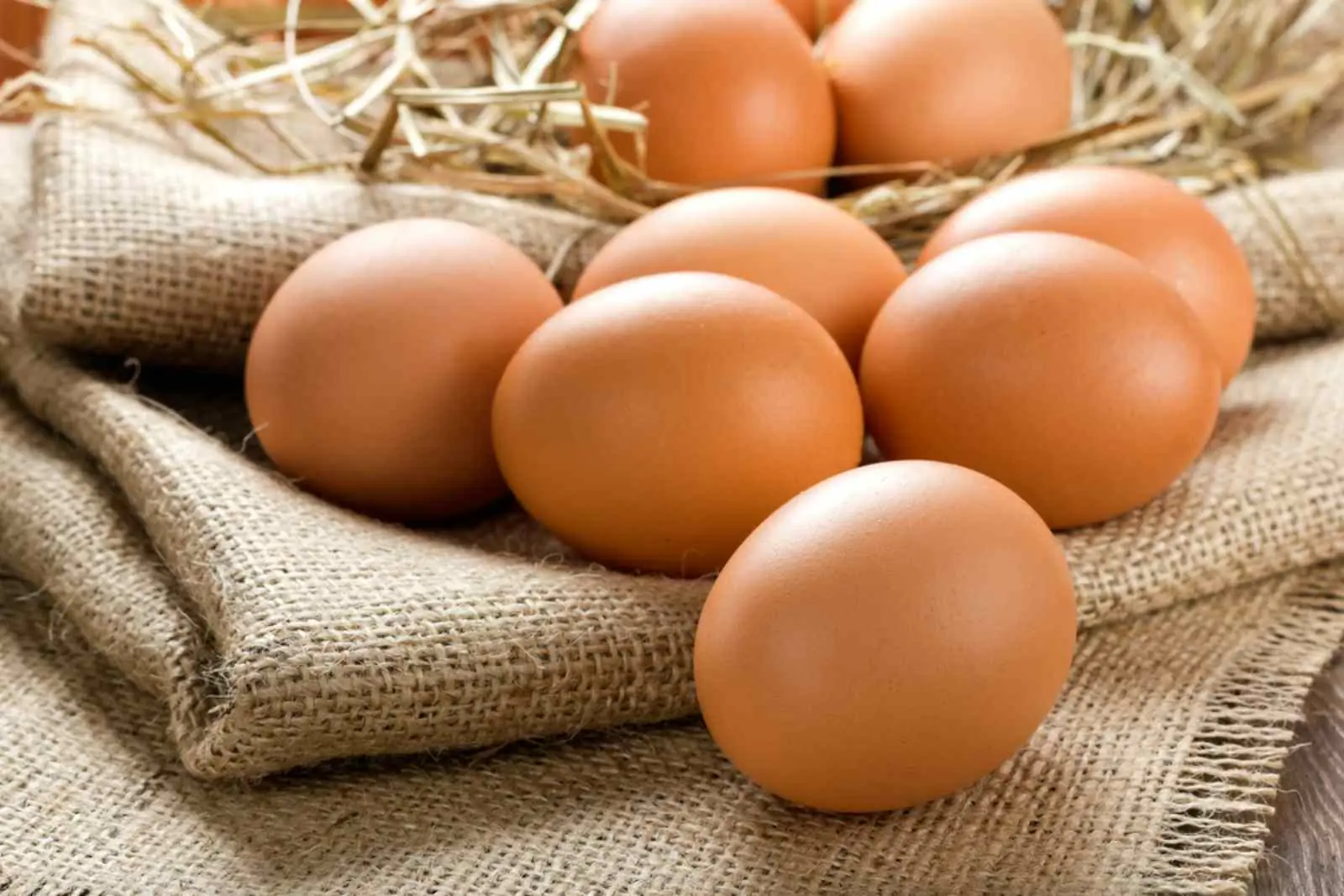
What really happens when you eat eggs every day

The ‘healthy’ drink that secretly raises your diabet.es ris.k

4 purple superfoods that fight aging and prevent can.cer

Want to wake up early? sleep experts reveal 9 surprisingly easy steps to become a morning person

How proper breathing can instantly reduce stre.ss
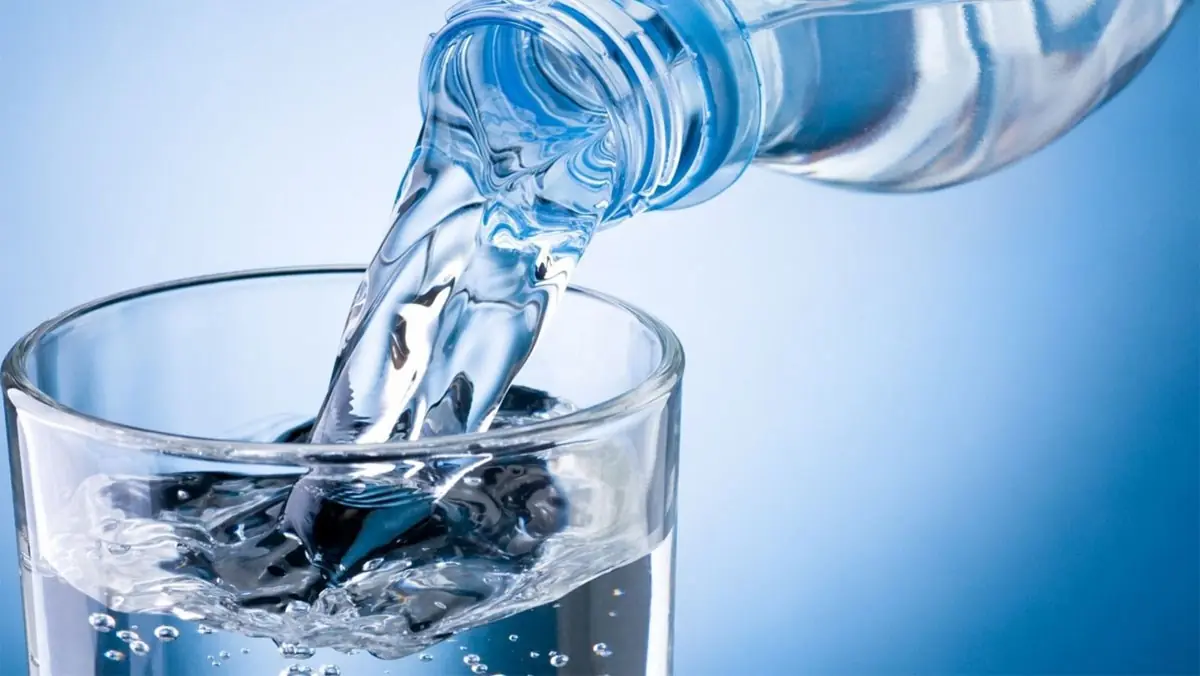
How much water should you drink to protect your kid.neys and control uric ac.id?

The best times to eat sweet potatoes — and what your body gains from each

Natural foods that cleanse your liv.er and kid.neys (and help prevent kid.ney stones)
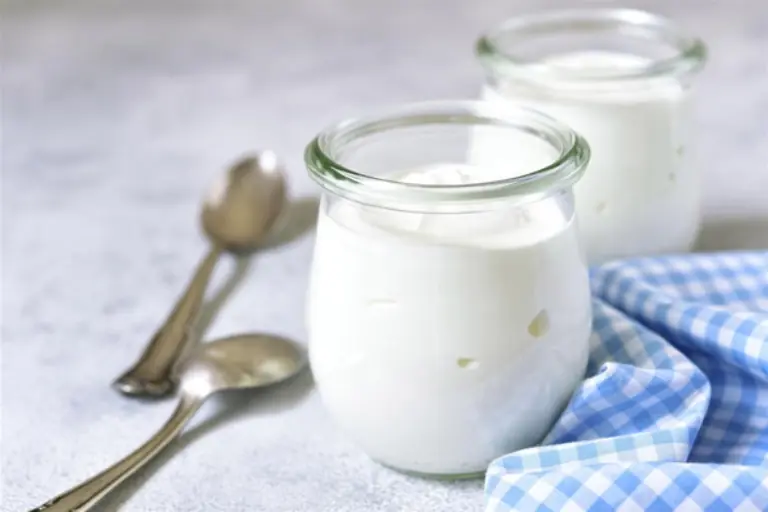
How to Eat Yogurt the Right Way for Maximum Health Benefits

Pine Cone Syrup: A Simple Beginner’s Guide to Its Benefits, Recipe, and Everyday Uses

Pokeweed (Phytolacca americana): The Beautiful but Dan.gerous Plant You Should Avoid

The Hidden Dan.ger in Your Lipstick: What You Need to Know About Cadmium Contamination
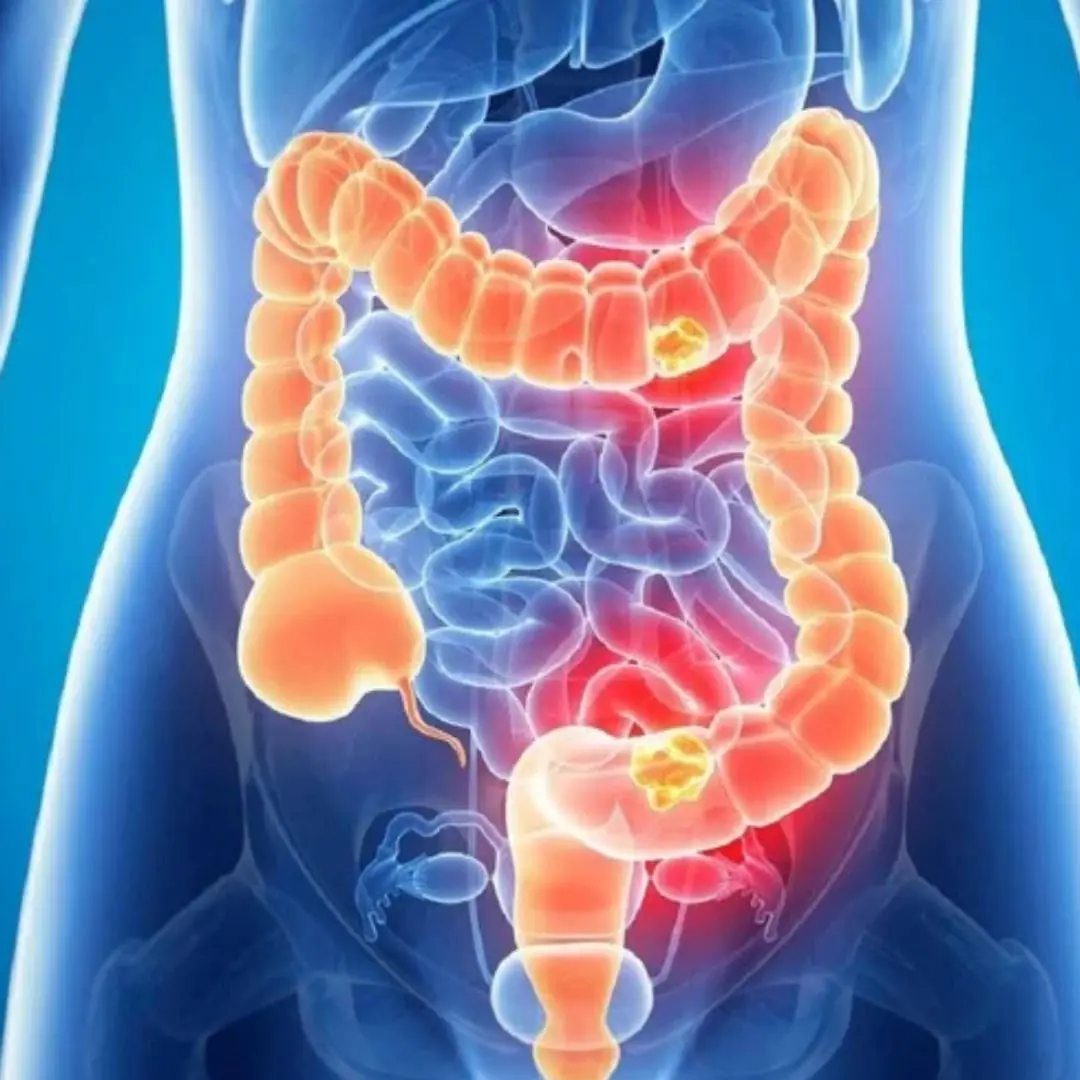
She Ignored These 5 Symptoms — Now She’s Battling Stage 4 Colon Can.cer
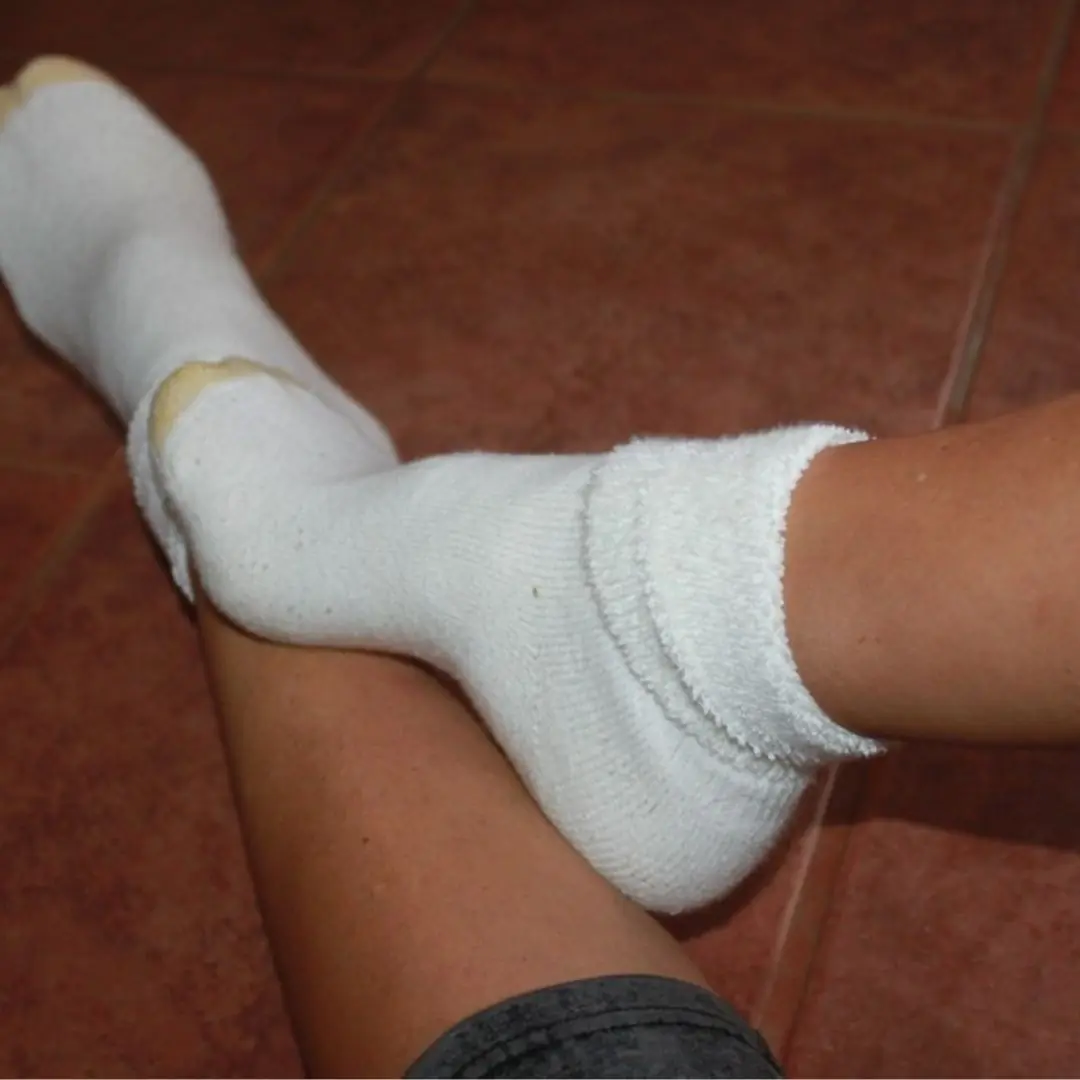
Here’s What Really Happens When You Sleep with Socks On

Don’t Throw Them Away - The Incredible Health Perks of Papaya Seeds You Need to Know

The Heroic WWI Homing Pigeons That Saved Countless Lives

This Cucumber Lemonade Will Change the Way You Think About Summer Drinks
